Meta Description: Learn the most important signs of dog illness every pet owner should know. Spot symptoms early, act fast, and keep your dog healthy and happy.
🐶 Why You Should Know the Signs of Dog Illness
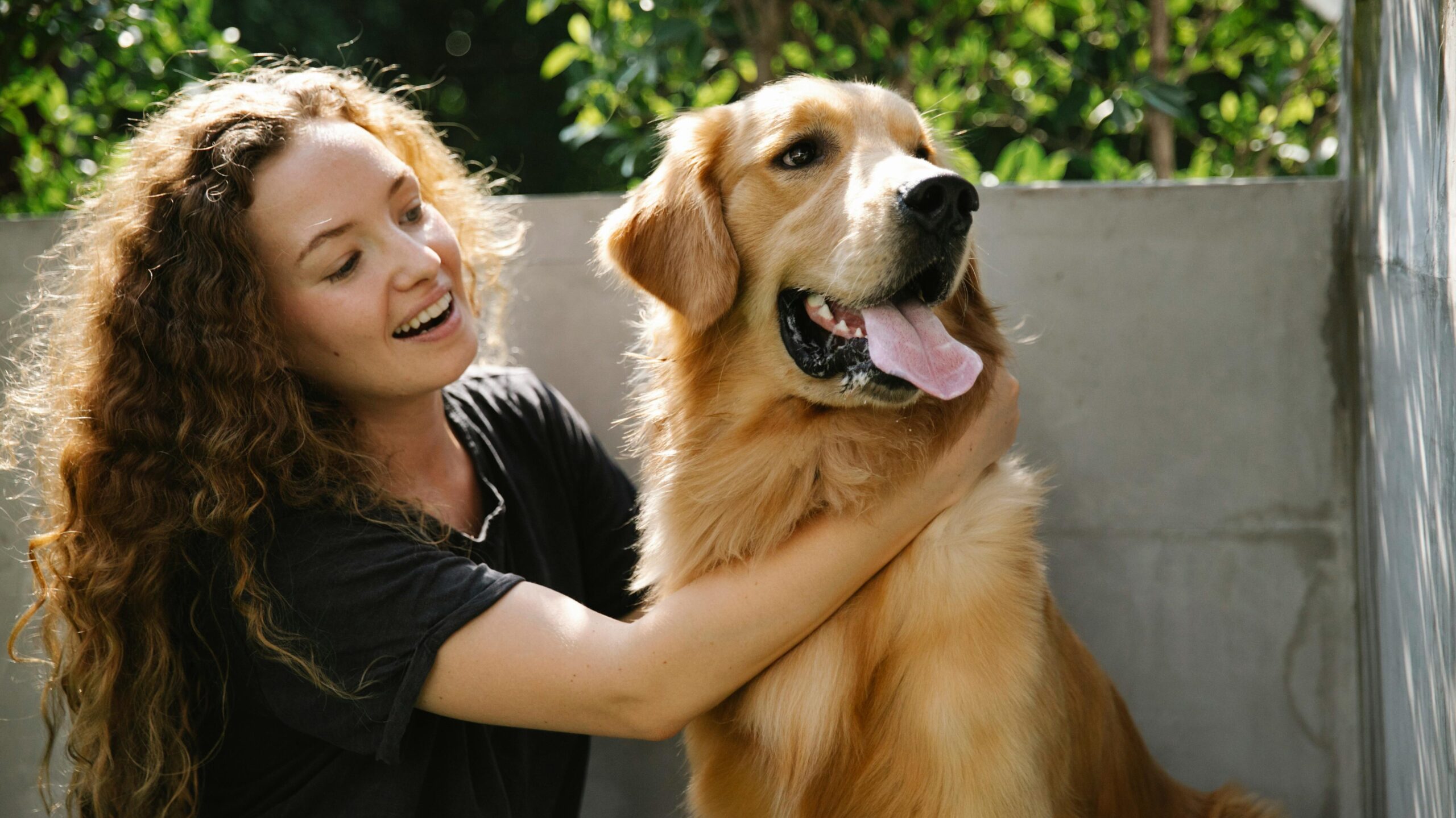
As dog owners, we all wish our pups could just tell us when they’re not feeling well. But since they can’t speak, it’s up to us to watch for the little signs that something might be wrong.
Some symptoms are easy to miss. Others might seem small but could be early warnings of something more serious. This guide will walk you through the top signs of dog illness and help you understand when it’s time to call the vet.
📌 Tip: Always trust your gut. If your dog doesn’t seem like themselves, it’s better to be safe than sorry.
1. 🥣 Not Eating Like Usual
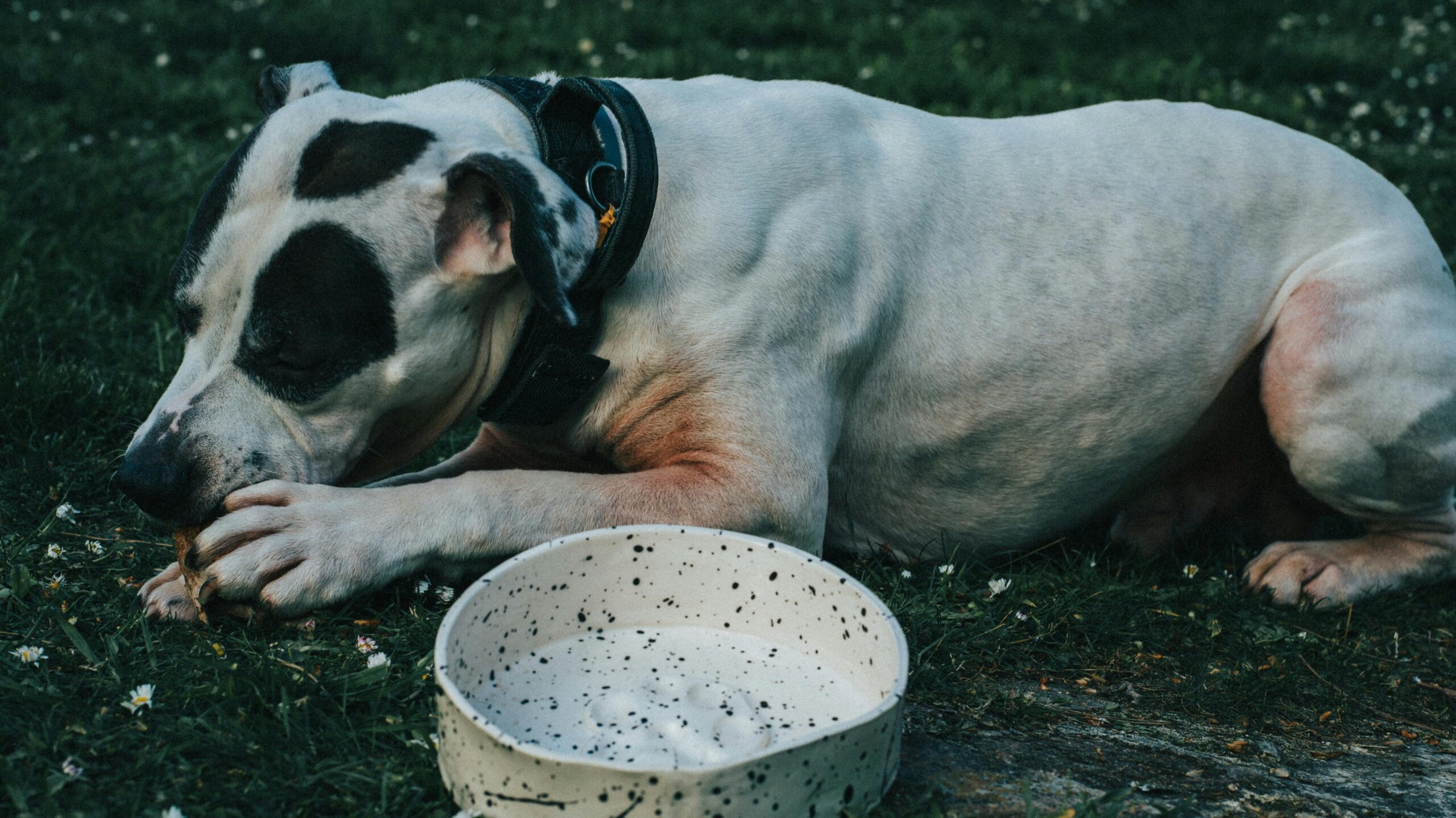
If your dog skips a meal every now and then, it’s probably no big deal. But if they suddenly stop eating for more than a day — or eat much less than usual — that’s something to pay attention to.
This could be a sign of:
- Upset stomach
- Infections
- Dental pain
- Organ problems
Feed Your Dog Right – What Every Owner Should Know
2. 💤 Low Energy or Just Not Themselves
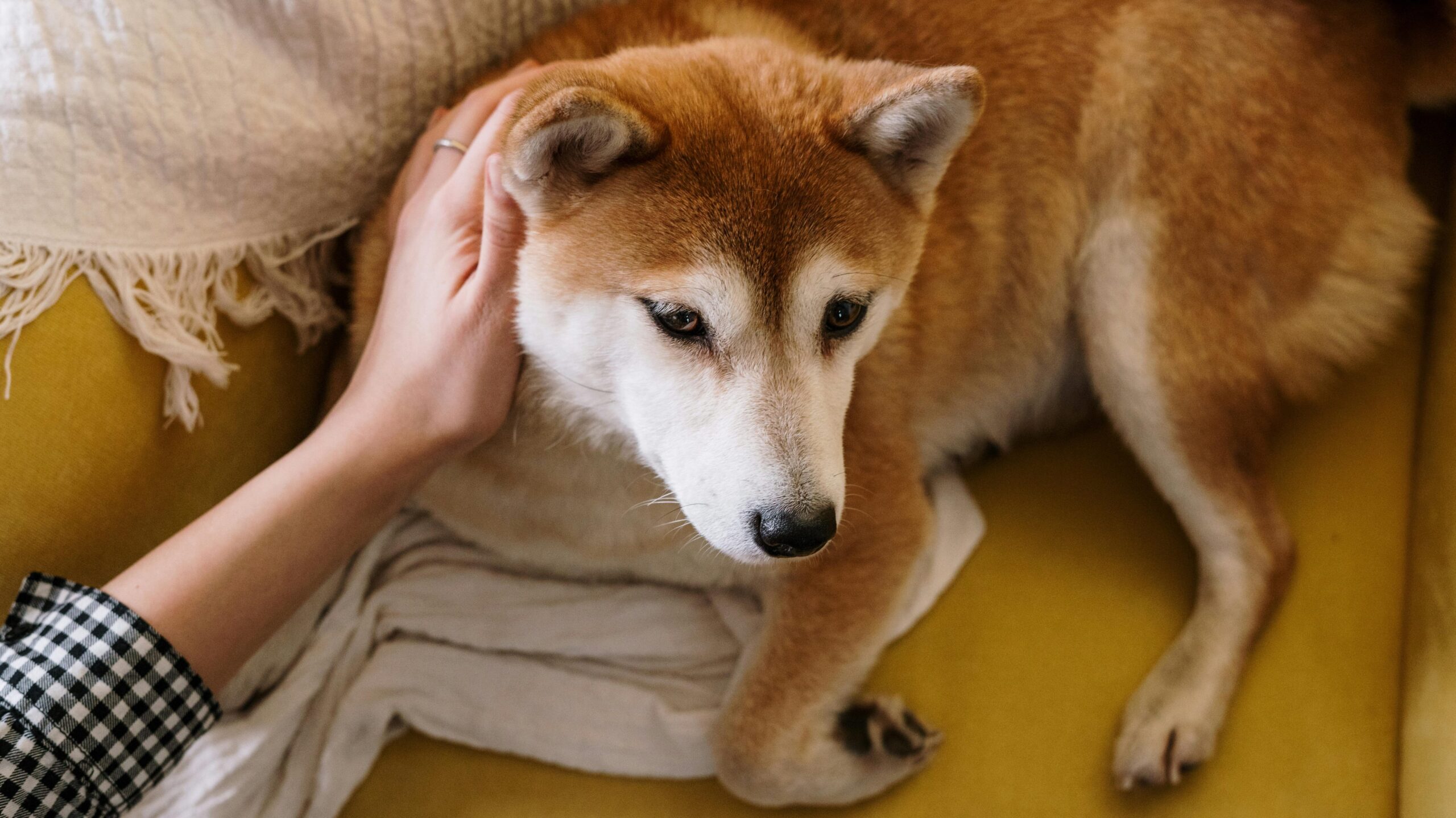
Most dogs are full of energy — tail wags, zoomies, and all. But if your usually playful pup is suddenly tired, uninterested in play, or sleeping all day, it could be a red flag.
Lethargy is often one of the first signs something is wrong.
Look out for:
- Refusing walks
- Hiding or isolating
- Moving slower than usual
3. 🤢 Vomiting or Diarrhea
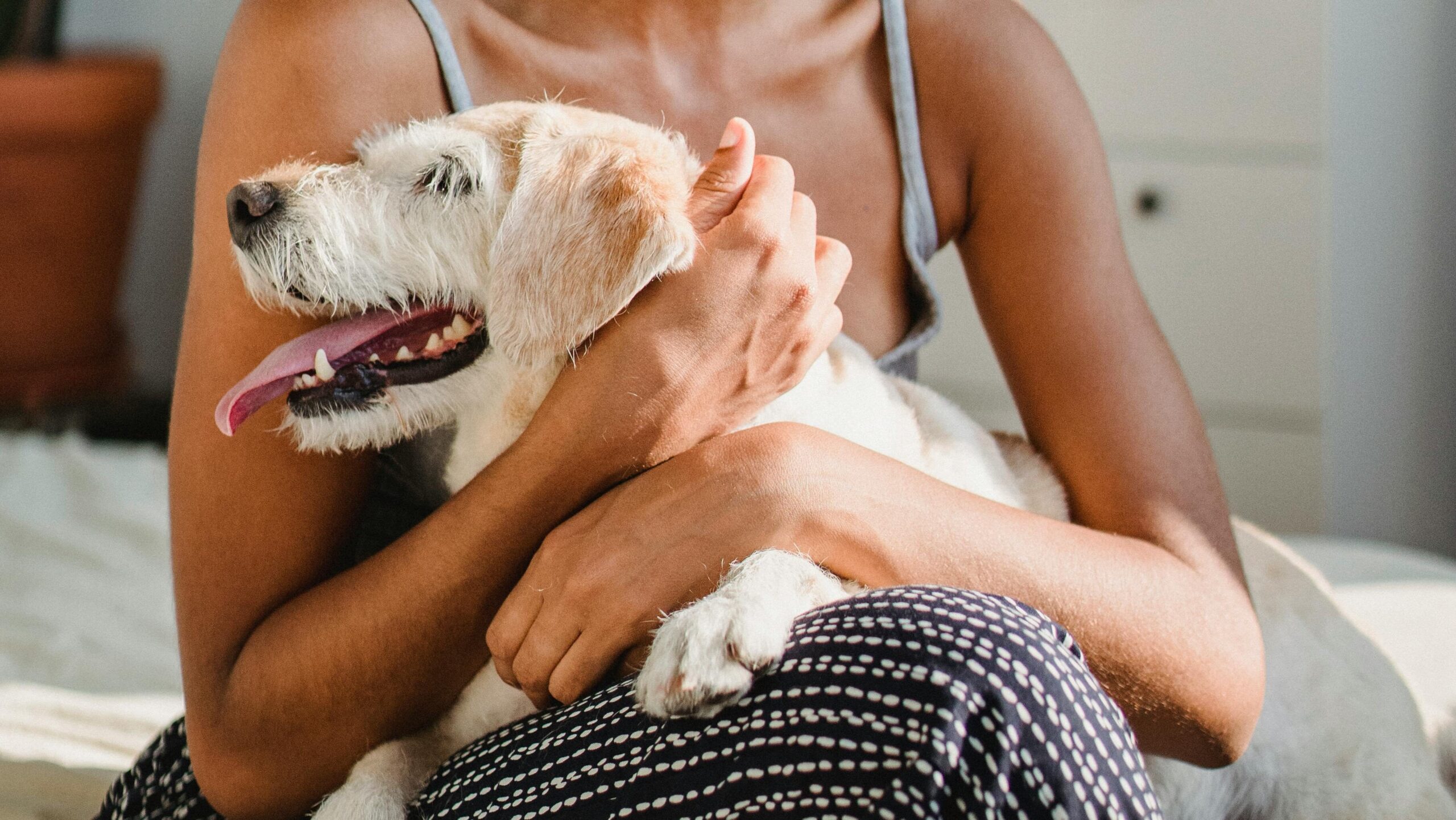
Okay, let’s be real — dogs eat weird stuff sometimes. So a little stomach issue isn’t always an emergency. But if your dog is throwing up a lot, has persistent diarrhea, or you see blood, it’s time to call the vet.
These symptoms could be caused by:
- Parasites
- Infections
- Poisoning
- Digestive disease
4. 🗣️ Coughing, Sneezing, or Weird Breathing
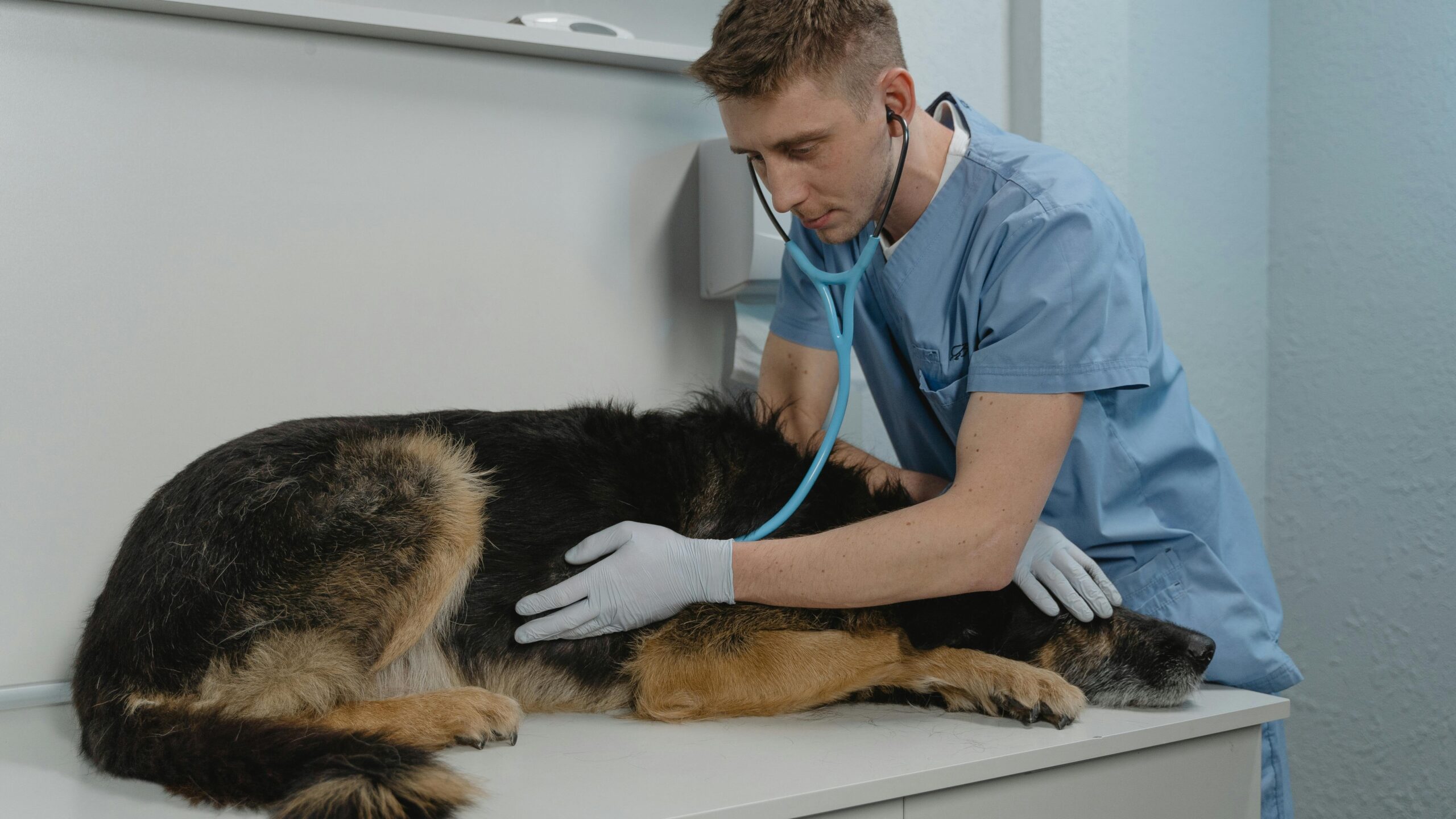
Dogs can catch colds too. But when coughing or sneezing becomes frequent or harsh, or if your dog seems like they’re struggling to breathe, don’t wait it out.
Watch for:
- Honking coughs (possible kennel cough)
- Labored or shallow breathing
- Constant sneezing
5. 💧 Drinking or Peeing More Than Usual
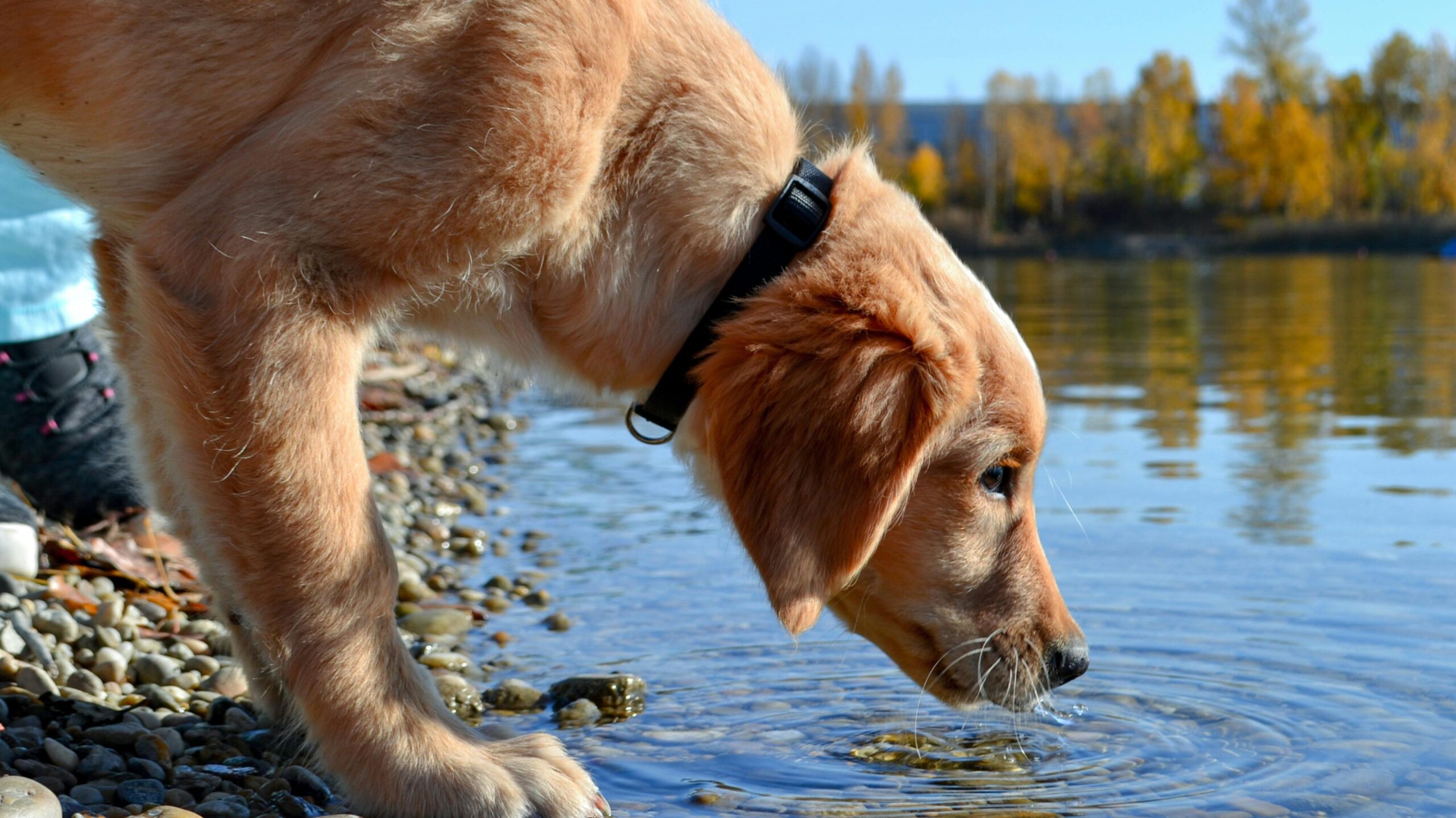
If your dog is suddenly drinking way more water and needs to pee more often — or has accidents in the house — this could point to:
- Diabetes
- Kidney disease
- Urinary tract infections
It might seem minor at first, but these are serious health concerns that need treatment.
6. 🩺 Lumps or Bumps on Their Body
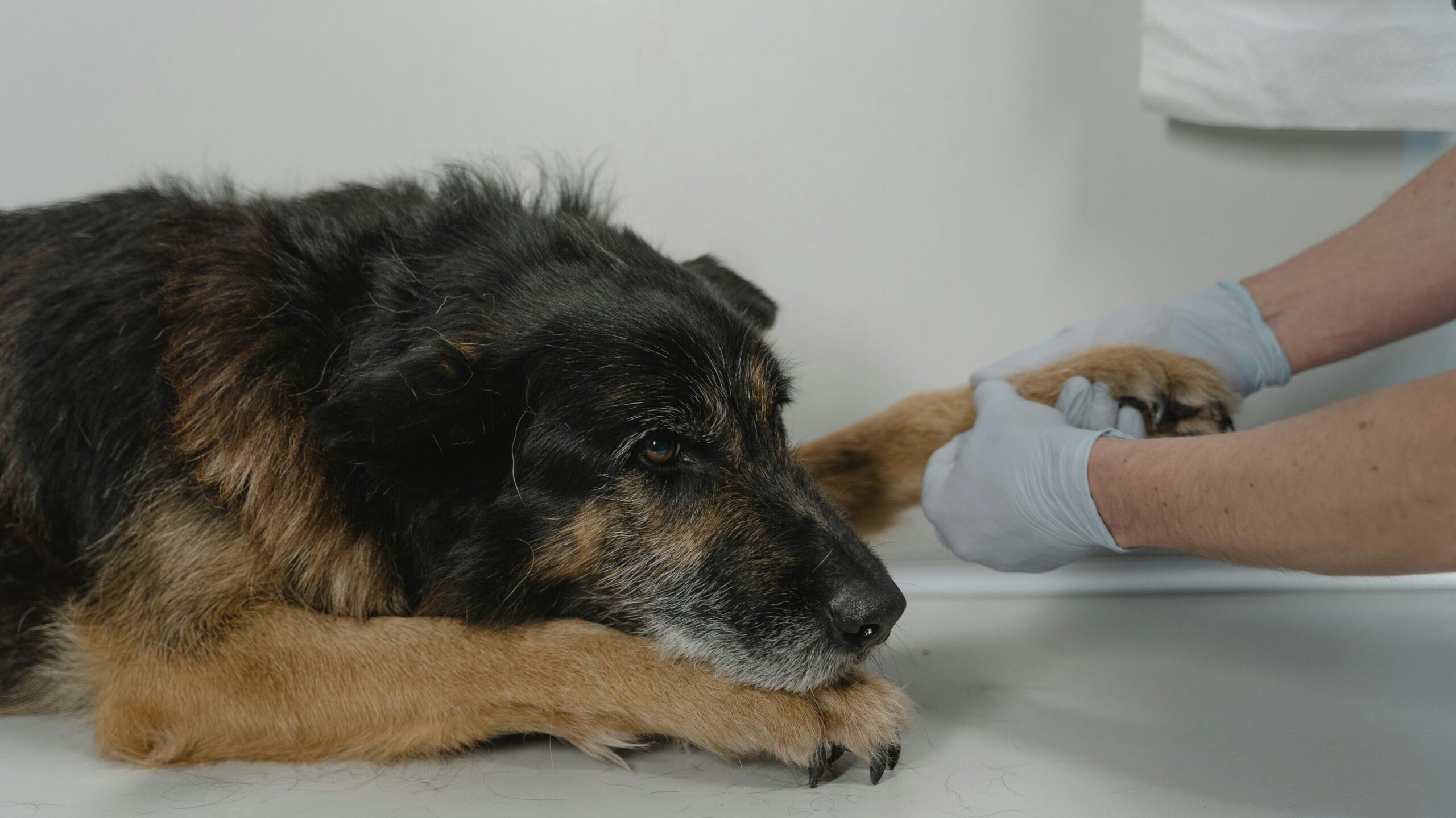
Not all lumps are cancer, but any new lump or bump that grows, changes, or feels hard should be checked by a vet.
You might feel:
- Soft fatty lumps (lipomas – usually harmless)
- Hard or painful lumps (may need testing)
- Skin discoloration or bleeding
Transition Tip: The earlier you catch it, the better the chances it’s nothing serious.
7. 🐾 Skin Problems or Constant Itching
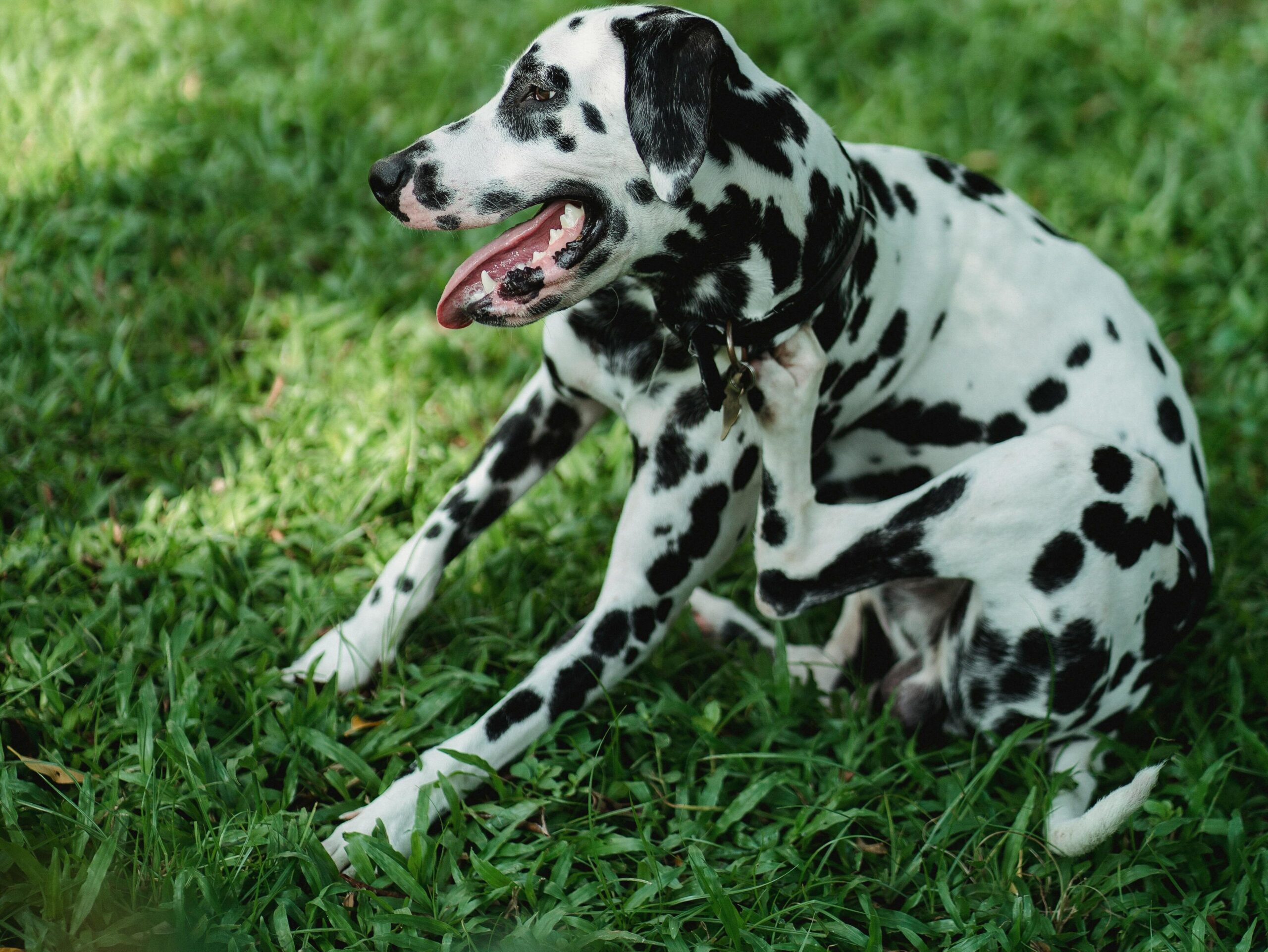
Is your dog scratching more than usual? Are they licking one spot nonstop or losing fur? Skin issues can make your pup miserable — and they’re often signs of:
- Allergies
- Fleas or mites
- Infections
- Food sensitivities
Check out our Dog Care Tips to help prevent skin problems.
8. 🧠 Acting Strange or Moody
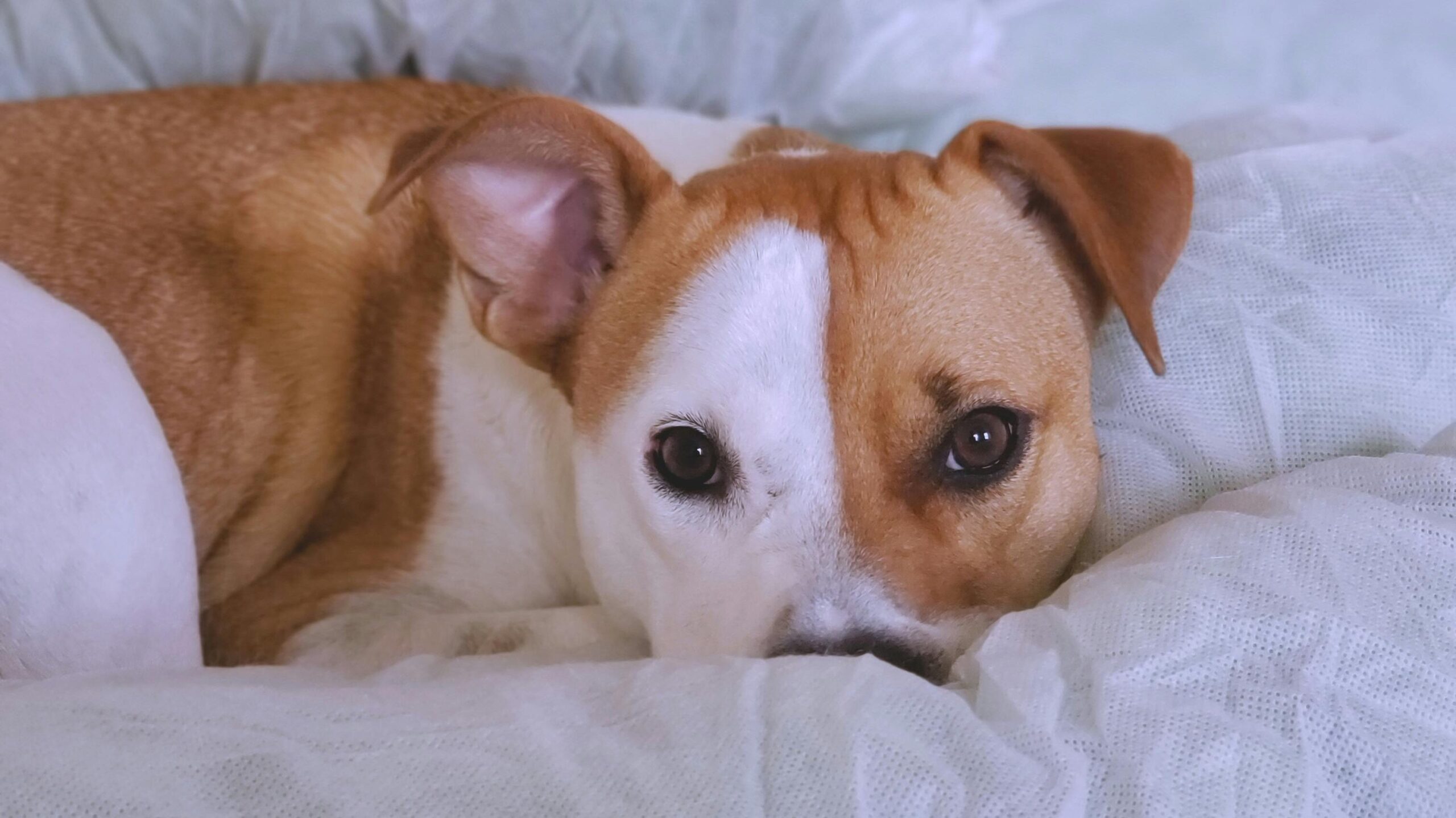
Changes in your dog’s behavior can mean something’s wrong, especially if it happens suddenly. If your once-loving dog becomes aggressive, anxious, or hides a lot, it may be due to pain, discomfort, or illness.
Look out for:
- Growling or snapping without reason
- Avoiding family members
- Whining or pacing at night
9. 🦷 Bad Breath or Heavy Drooling
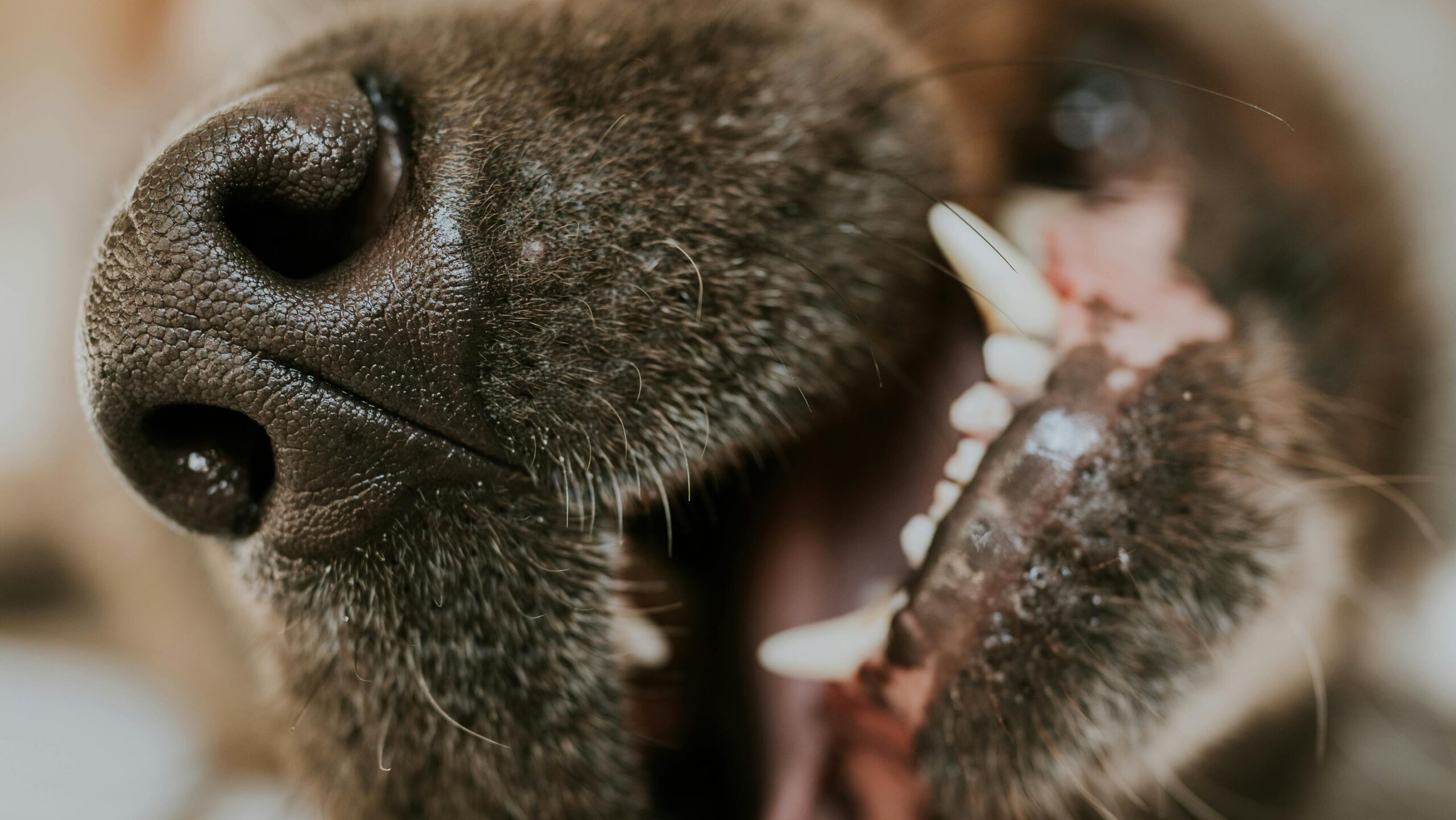
Dog breath isn’t supposed to smell like roses — but if it’s suddenly super foul, or if your dog is drooling a lot, something might be off. These can be signs of:
- Dental infections
- Gum disease
- Tooth decay
- Liver or kidney problems
Must-Have Dental Care Products for Dogs
10. ⚖️ Sudden Weight Loss or Gain
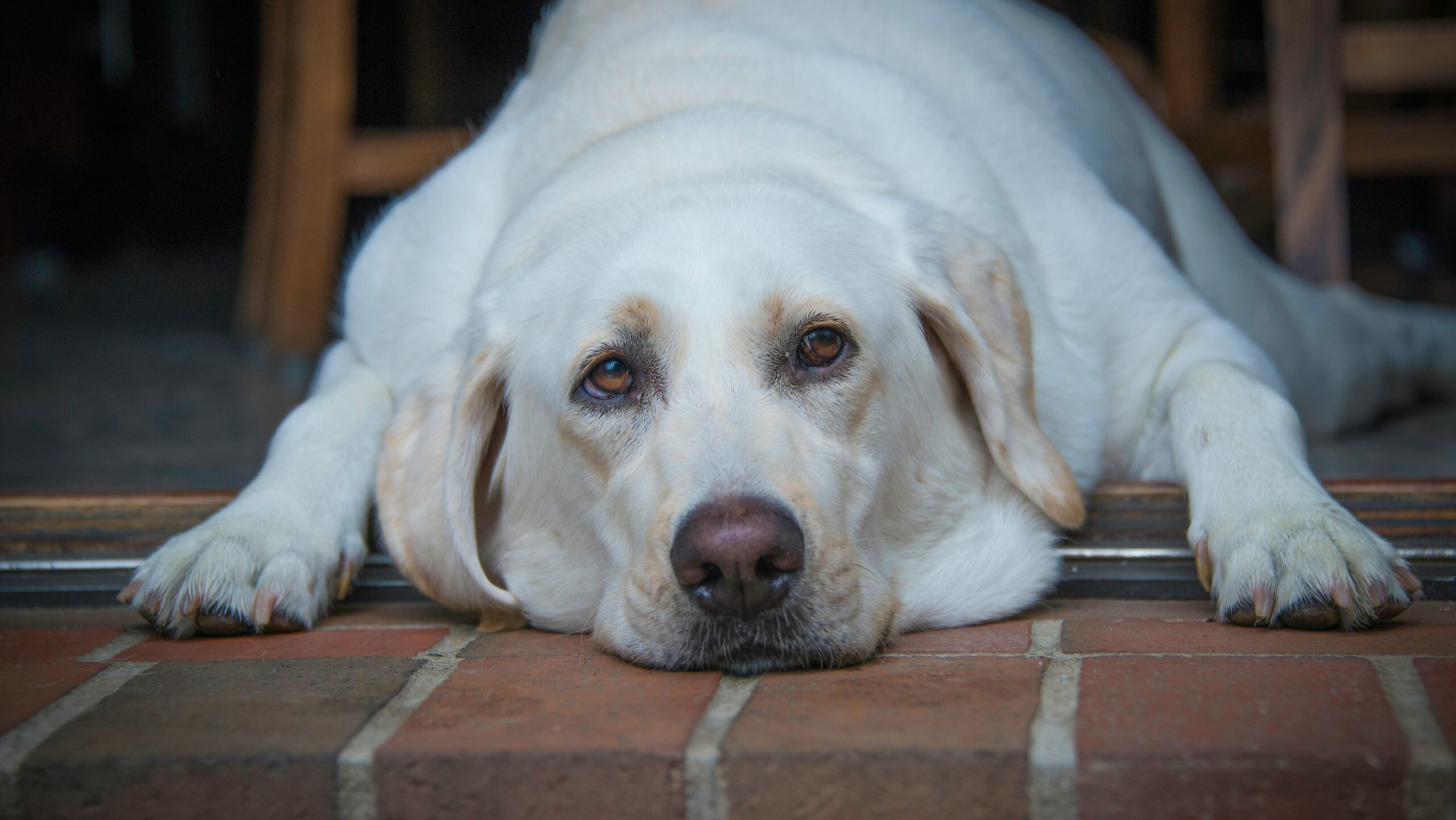
If your dog is dropping pounds or putting on weight without any changes in diet or exercise, this can point to serious issues like:
- Thyroid problems
- Cancer
- Digestive diseases
- Poor diet
Tip: Keep track of your dog’s weight monthly. It’s easy to miss small changes when you see them every day.
🩹 When to See the Vet
If your dog has one or more of these signs for more than 24–48 hours, or if their symptoms get worse, don’t wait. Dogs often hide pain, so by the time you notice something’s off, they might already need help.
Trust your instincts — you know your dog best.
✅ How to Keep Your Dog Healthy
Prevention goes a long way! Here’s how to keep your pup happy and healthy:
- Feed a balanced diet
- Schedule yearly checkups
- Keep vaccinations and deworming up to date
- Regular grooming and dental care
- Watch for small changes in behavior
Read our full Guide to Dog Care
❓ Frequently Asked Questions
What are the first signs of dog illness?
Lethargy, not eating, vomiting, and changes in mood are often the first signs.
Should I wait if my dog isn’t eating?
No — if your dog skips more than one meal, especially with other symptoms, it’s best to contact your vet.
Is bad breath really a concern?
Yes. It might seem normal, but it can indicate serious dental disease or even organ problems.
🐕 Final Thoughts
Your dog relies on you to notice when something’s not right. By learning the signs of dog illness, you’re already one step ahead in keeping them safe and healthy.
Keep this guide handy, and if you’re ever unsure, always give your vet a call.
👉 Want to learn more about keeping your dog happy? Don’t miss our Essential Dog Care Tips.
